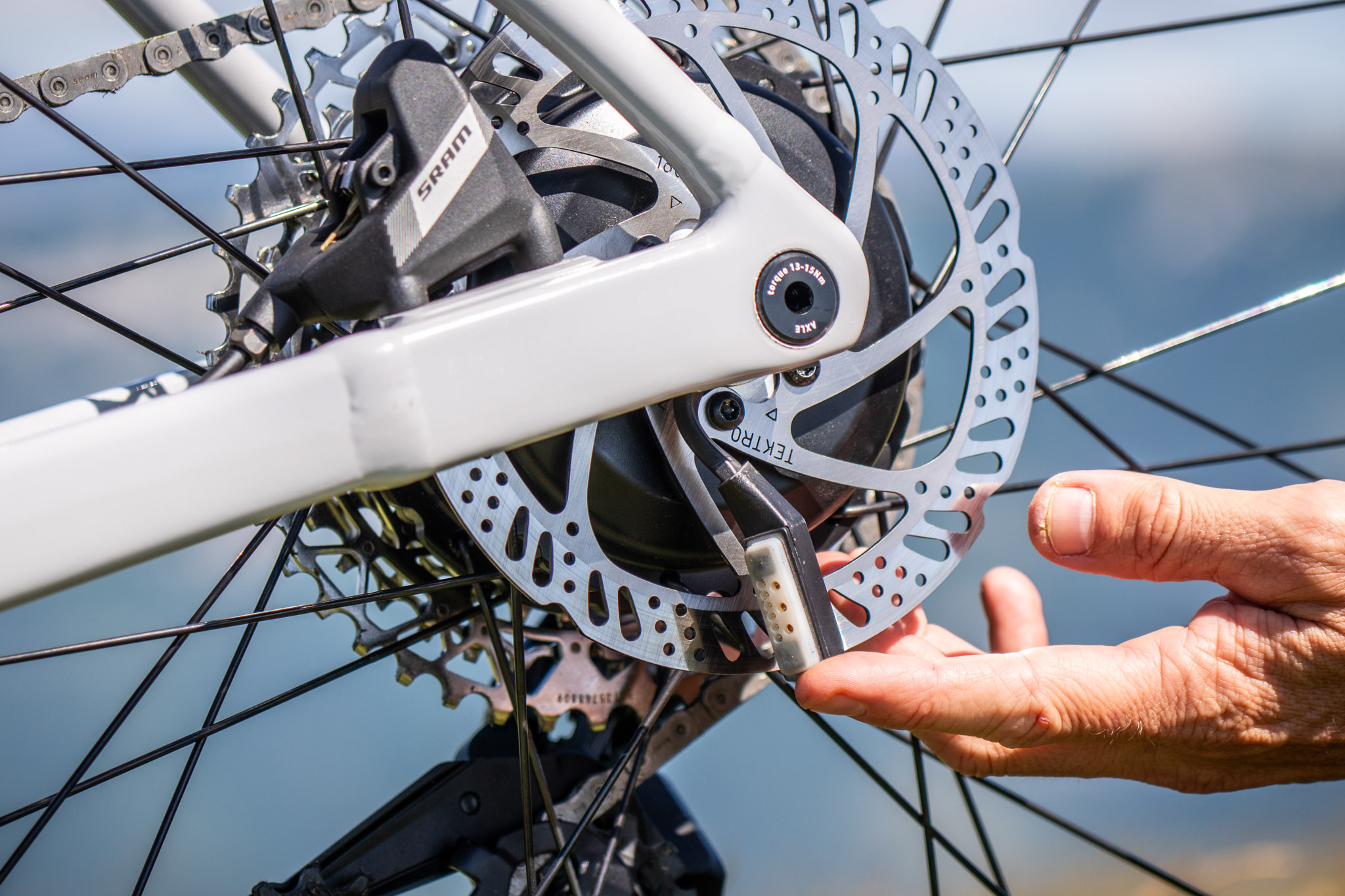When selecting the right eDrive system for designing an electric bike, several common mistakes can be made.
Here are three of the most common errors:

Mismatched Power and Performance Requirements
Mistake: Selecting an eDrive system without accurately assessing the power and performance requirements of the intended bike design.
Impact: If the eDrive system is underpowered for the specific application, the bike may not perform optimally. On the other hand, if it is overpowered, it can lead to unnecessary costs, weight, and complexity.
Solution: Carefully evaluate the terrain, rider preferences, and use cases to determine the appropriate power and performance specifications for the eDrive system.
Neglecting Battery Capacity and Range Considerations
Mistake: Selecting an eDrive system without accurately assessing the power and performance requirements of the intended bike design.
Impact: If the eDrive system is underpowered for the specific application, the bike may not perform optimally. On the other hand, if it is overpowered, it can lead to unnecessary costs, weight, and complexity.
Solution: Carefully evaluate the terrain, rider preferences, and use cases to determine the appropriate power and performance specifications for the eDrive system.


Ignoring Integration Challenges
Mistake: Selecting an eDrive system without accurately assessing the power and performance requirements of the intended bike design.
Impact: If the eDrive system is underpowered for the specific application, the bike may not perform optimally. On the other hand, if it is overpowered, it can lead to unnecessary costs, weight, and complexity.
Solution: Carefully evaluate the terrain, rider preferences, and use cases to determine the appropriate power and performance specifications for the eDrive system.



















